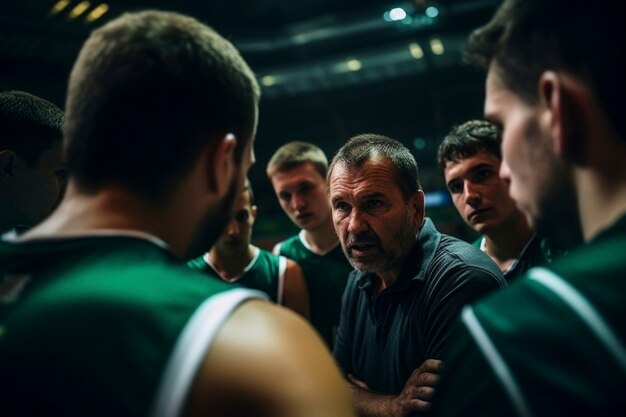
The NHL Draft represents a crucial opportunity for teams to acquire new talent and lay the groundwork for future success. Each year, franchises meticulously prepare for this event, analyzing player performances, potential, and fit within their organizational structure. The strategies employed during the draft can significantly influence a team’s trajectory, making it essential for front offices to adopt a comprehensive and forward-thinking approach.
Teams employ various methods to identify and evaluate prospects, including scouting reports, analytics, and player interviews. With the increasing emphasis on data-driven decision-making, franchises are turning to advanced metrics to gain insights into player capabilities. This evolution in scouting not only aids in drafting players who can make an immediate impact but also helps teams build a sustainable pipeline of talent that can thrive in the NHL for years to come.
Ultimately, successful NHL draft strategies are rooted in a blend of thorough research, foresight, and adaptability. By understanding the dynamics of player development and organizational needs, teams can effectively navigate the complexities of the draft process. This article will delve deeper into the various strategies employed by NHL teams, highlighting how these approaches contribute to building a brighter future on the ice.
Effective Draft Strategies: Balancing Talent and Team Needs
The NHL Draft represents a pivotal moment for teams aiming to build a competitive roster for the future. Each franchise must carefully navigate this process, balancing the acquisition of top-tier talent with the specific needs of their existing lineup. Understanding how to align these two aspects can significantly influence a team’s success in both the short and long term.
Successful draft strategies require a comprehensive approach that evaluates player potential while considering team dynamics. Teams often face the dilemma of choosing between the best available player and filling specific positional gaps. This balancing act is crucial, as a misstep in either direction can lead to years of rebuilding.
Key Considerations in Draft Strategy
- Player Evaluation: Rigorous scouting and analytics play a vital role in identifying players who can contribute immediately and in the future.
- Team Needs: Understanding the current roster’s strengths and weaknesses helps teams prioritize which positions to address during the draft.
- Long-Term Vision: Teams should have a clear vision for their future, ensuring that their draft selections align with their overall goals.
- Trade Opportunities: Being open to trades can allow teams to move up in the draft or acquire additional picks, enhancing their chances of finding the right fit.
In summary, effective draft strategies hinge on a delicate balance between acquiring top talent and addressing immediate team needs. Teams that
Case Studies: Successful NHL Teams and Their Draft Decisions
Throughout the history of the NHL, several teams have stood out for their exceptional draft strategies, demonstrating how smart decision-making can lead to long-term success. By analyzing these case studies, we can uncover key principles that guide effective drafting processes and contribute to building a competitive team.
In this section, we will explore the draft decisions made by teams like the Chicago Blackhawks and the Pittsburgh Penguins. Their approaches provide valuable insights into how effective drafting can shape the future of an NHL franchise.
Key Takeaways from Successful Teams
- Chicago Blackhawks: The Blackhawks’ success in the late 2000s and early 2010s can be attributed to their ability to identify and develop young talent. Key draft picks such as Patrick Kane (2007) and Jonathan Toews (2006) not only provided immediate contributions but also became cornerstones of the franchise.
- Pittsburgh Penguins: The Penguins’ strategy focused on selecting players with high offensive potential. The drafting of Sidney Crosby (2005) and Evgeni Malkin (2004) exemplifies their commitment to securing franchise players who could lead the team to multiple championships.
Lessons Learned
- Prioritize Skill and Potential: Successful teams often look beyond immediate needs and focus on players with high upside, even if they may need time to develop.
- Build a Strong Development System: Teams like the Blackhawks and Penguins have invested in robust player development systems to ensure their draftees can reach their full potential.
- Be Patient: The road to success may take time, and teams that exercise patience with their draft picks often see better results in the long run.
In conclusion, the case studies of the Chicago Blackhawks and Pittsburgh Penguins illustrate that successful draft decisions require a blend of strategic thinking, an understanding of player potential, and a commitment to development. By learning from these teams, other franchises can refine their own draft strategies, paving the way for future success in the NHL.

